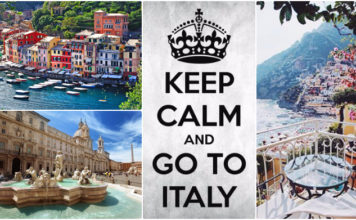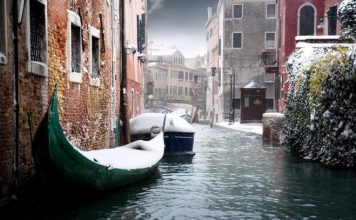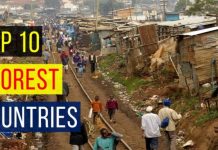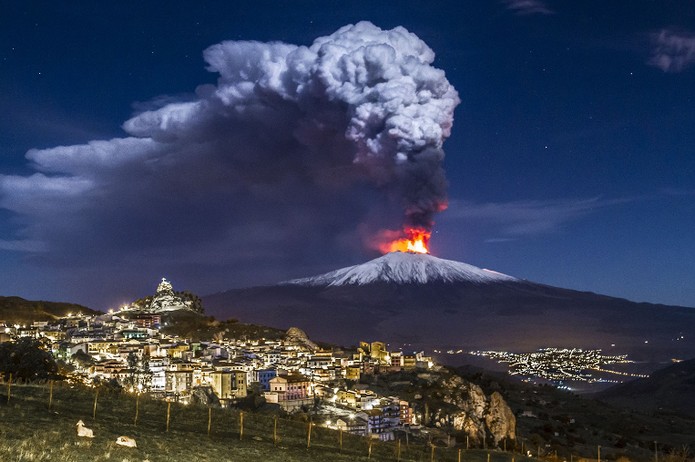
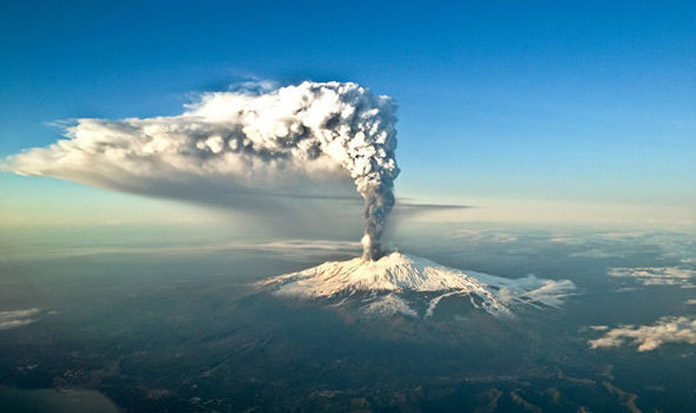 “An earthquake, on the south side of Etna,” said volcanologist Boris Behncke as he pointed to a line that violently jerked to a squiggle. Behncke knew that squiggles like these could mean big things to the people living in Etna’s shadow.
“An earthquake, on the south side of Etna,” said volcanologist Boris Behncke as he pointed to a line that violently jerked to a squiggle. Behncke knew that squiggles like these could mean big things to the people living in Etna’s shadow.  The risk becomes greater closer to Etna’s summit. People making the journey to see the volcano up close must take a winding road flanked on either side by centuries of lava flows which have left mile upon mile of destructive deposit on the landscape.
The risk becomes greater closer to Etna’s summit. People making the journey to see the volcano up close must take a winding road flanked on either side by centuries of lava flows which have left mile upon mile of destructive deposit on the landscape.On the south side of the volcano, a small cluster of shops and restaurants have built up around the ski lifts which take people up closer to the summit.
Etna lava sits a miniature nativity scene. For the people here, living in the shadow of Etna is a complex and emotional undertaking.





